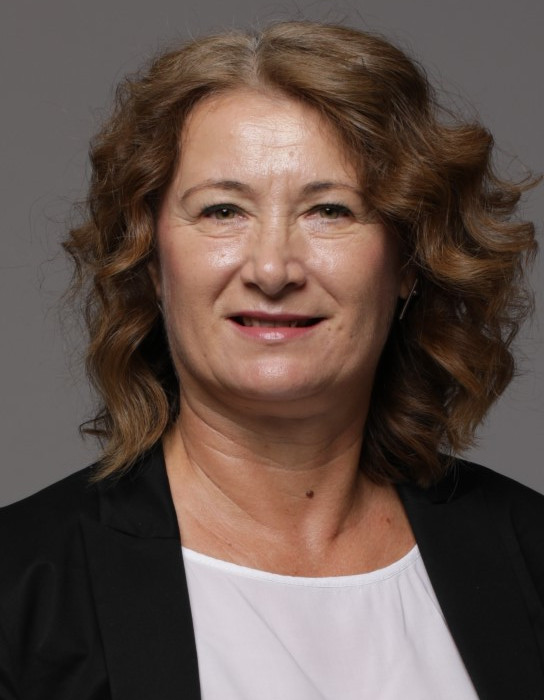Fundamentals of Plasma Physics
Data is displayed for academic year: 2023./2024.
Lecturers
Course Description
Historical review of plasma physics. Characteristic plasma parameters. Debye shielding. Quasy-neutrality. Plasma and cyclotron frequencies. Collisional processes in plasma. Collisional frequency. Magnetohydrodynamics: basic equations. Instability of plasma systems. Plasma waves. Plasma diagnostics: temperature and density measurements. Types of plasma and use: artificialy produced plasmas, terrestrial plasmas, plasmas in universe.
Study Programmes
University undergraduate
[FER3-EN] Computing - study
Elective Courses
(5. semester)
[FER3-EN] Electrical Engineering and Information Technology - study
Elective Courses
(5. semester)
Learning Outcomes
- Define plasma state and characteristic plasma parameters.
- Explain plasma and cyclotron frequency.
- Describe plasma system with magnetohydrodynamics.
- Describe collisional processes in plasma.
- Describe waves in plasma.
- Describe plasma types and their use.
- Describe plasma system instabilities.
Forms of Teaching
Lectures
2 cycles of lectures: 7 weeks and 6 weeks
Seminars and workshopsnon mandatory seminar
Exercisesproblems and exercises
Partial e-learningsolving additional problems
Grading Method
| Continuous Assessment | Exam | |||||
|---|---|---|---|---|---|---|
| Type | Threshold | Percent of Grade | Threshold | Percent of Grade | ||
| Seminar/Project | 0 % | 30 % | 0 % | 30 % | ||
| Mid Term Exam: Written | 0 % | 35 % | 0 % | |||
| Final Exam: Written | 0 % | 35 % | ||||
| Exam: Written | 0 % | 70 % | ||||
Week by Week Schedule
- Definition of plasma state; Ionization and recombination processes; Degree of ionization, Pressure and the mean kinetic energy of a gas particle; Equation of state, Degrees of freedom of the molecule; Thermal capacities of gases
- Descriptions of plasma systems; Characteristic plasma parameters, Bohr's postulates; Bohr's model of the hydrogen atom; Quantization of energy, Maxwell distribution of particle velocities, Equipartition of energy and Maxwell-Boltzmann distribution
- Collective interaction; Quasineutrality; Plasma and cyclotron frequency, Thermodynamic equilibrium
- Electron plasma frequency
- Debye length, Debye shielding, Classical and quantum regime, Electrostatic plasma waves, Landau damping
- Collision frequency, Collisions between charged and neutral particles; Collisions between charged particles, Nuclear fusion; Photoionization and excitation; Electron impact ionization; Collisions with surfaces
- Plasma - fluid, Equation of motion; Equation of continuity; Equation of state; Maxwell equations in plasma
- Midterm exam
- Instabilities; Plasma instabilities; MHD instabilities
- Plasma diagnostics: determination of temperature
- Plasma diagnostics: determination of density
- Application of plasma: artificially produced plasma
- Application of plasma: plasma on Earth
- Application of plasma: plasma in space
- Final exam
Literature
Sanda Pleslić (2024.), Osnove fizike plazme (elektronička skripta) 2010.-2024.,
A. W. DeSilva (1991.), Plasma Diagnostics, University of Maryland
For students
General
ID 223371
Winter semester
5 ECTS
L1 English Level
L2 e-Learning
45 Lectures
0 Seminar
15 Exercises
0 Laboratory exercises
0 Project laboratory
0 Physical education excercises
Grading System
85 Excellent
70 Very Good
60 Good
50 Sufficient


 Pristupačnost
Pristupačnost